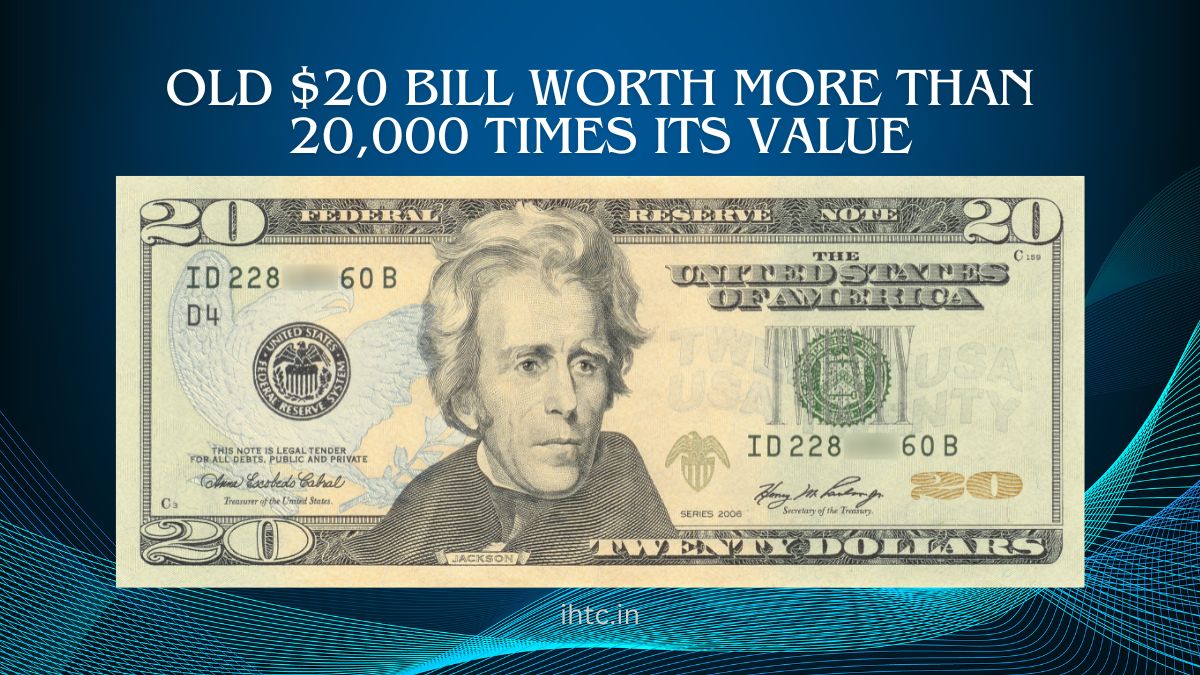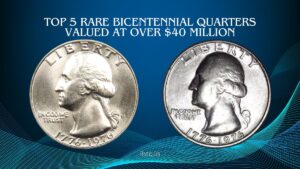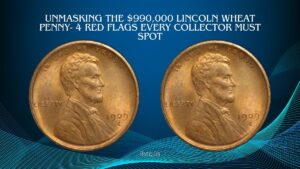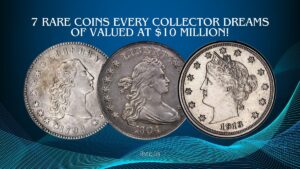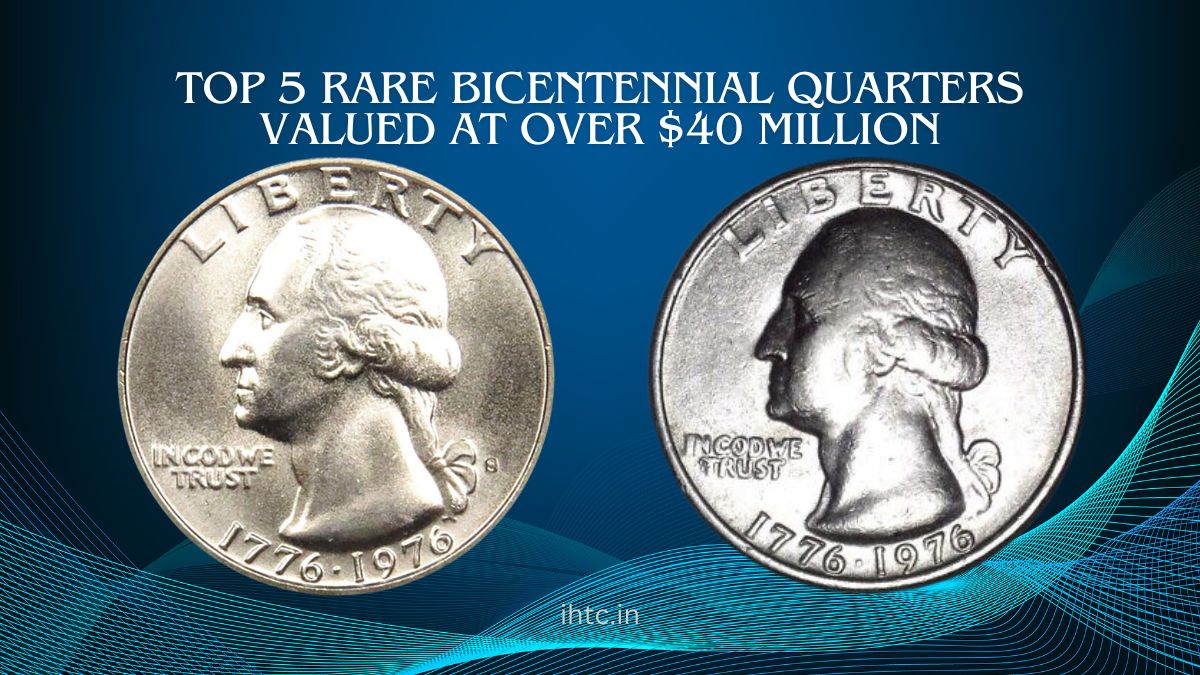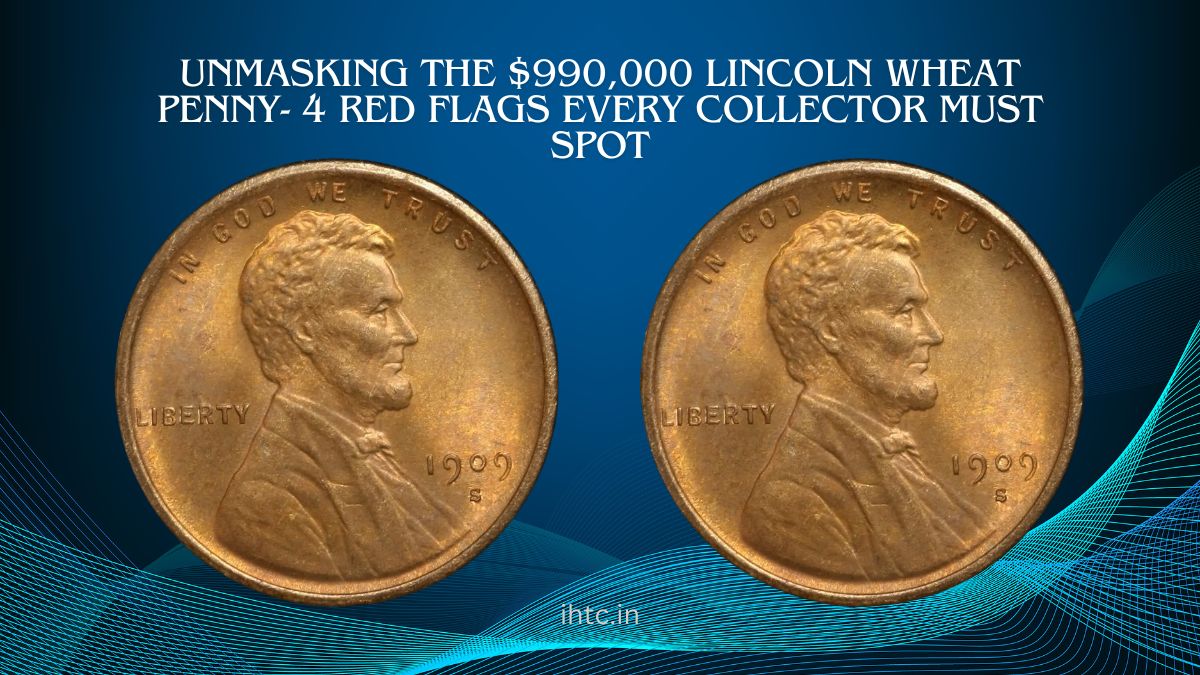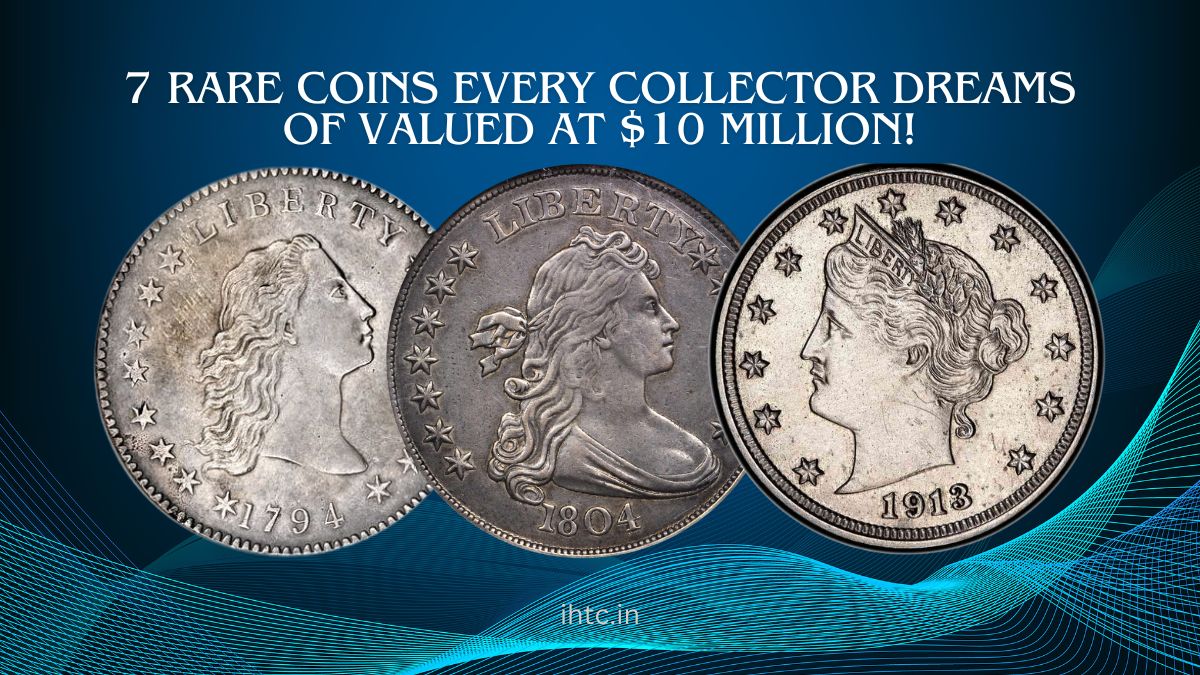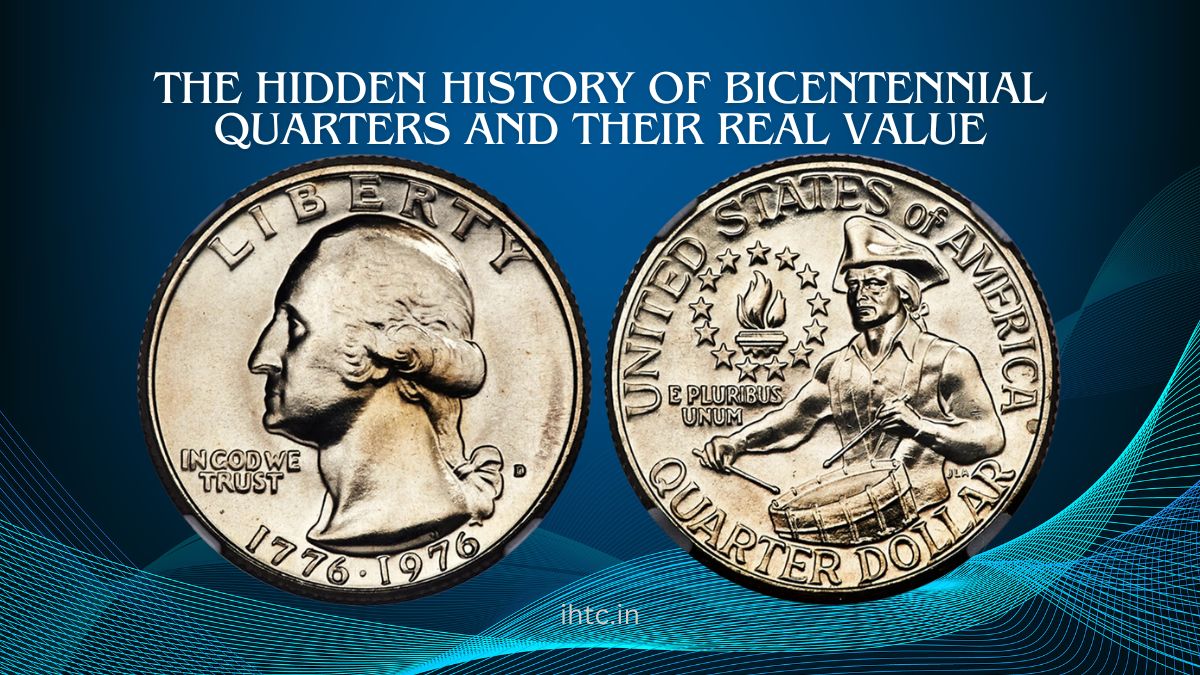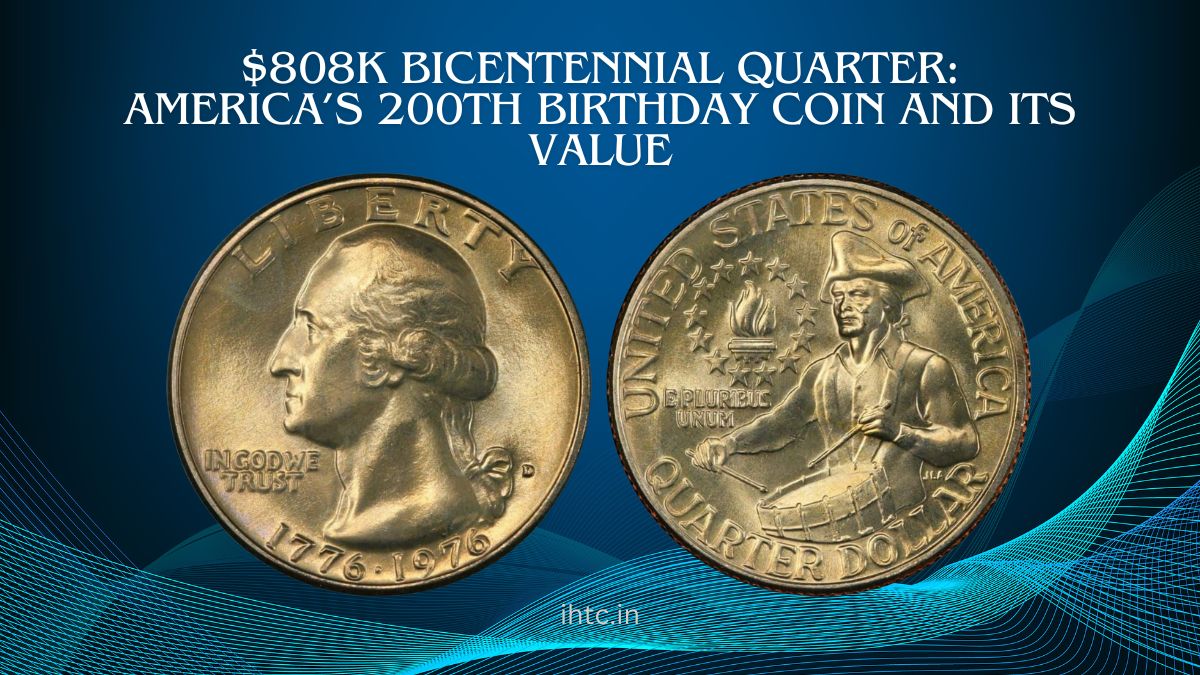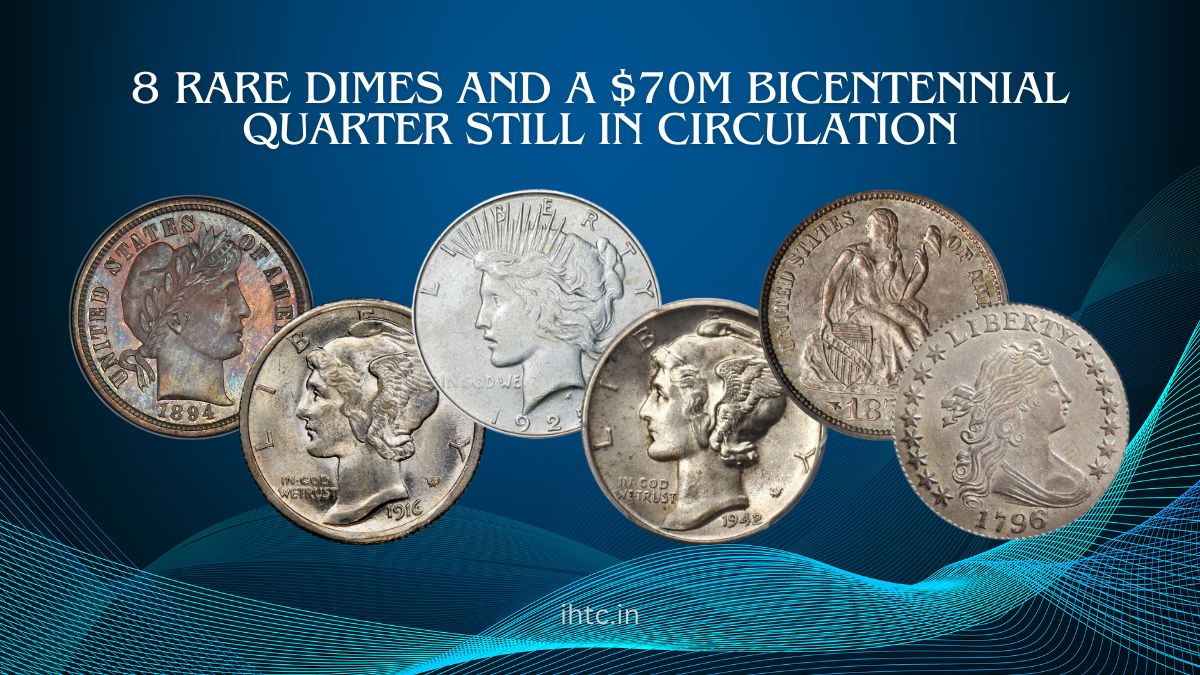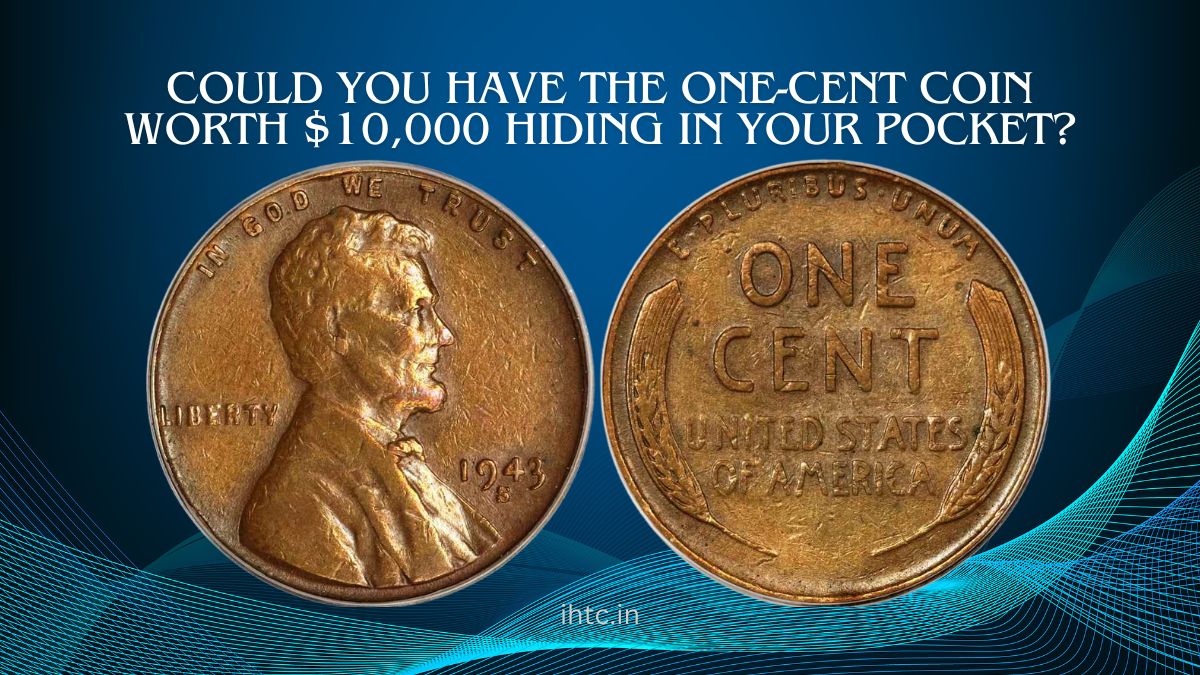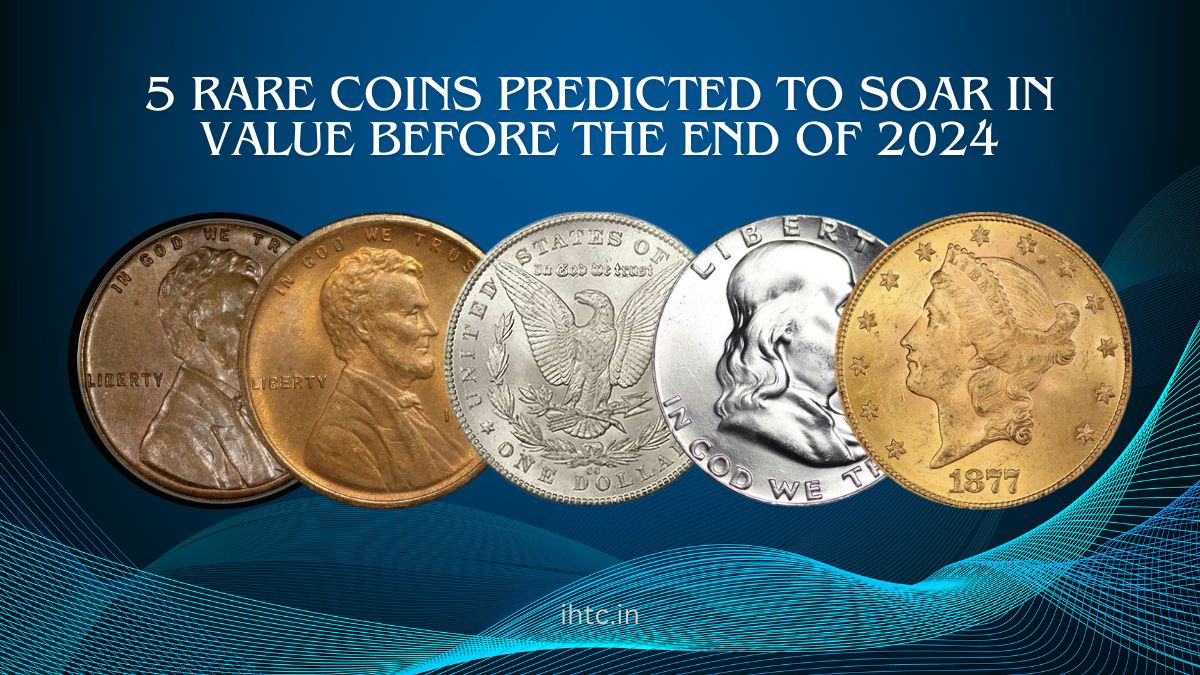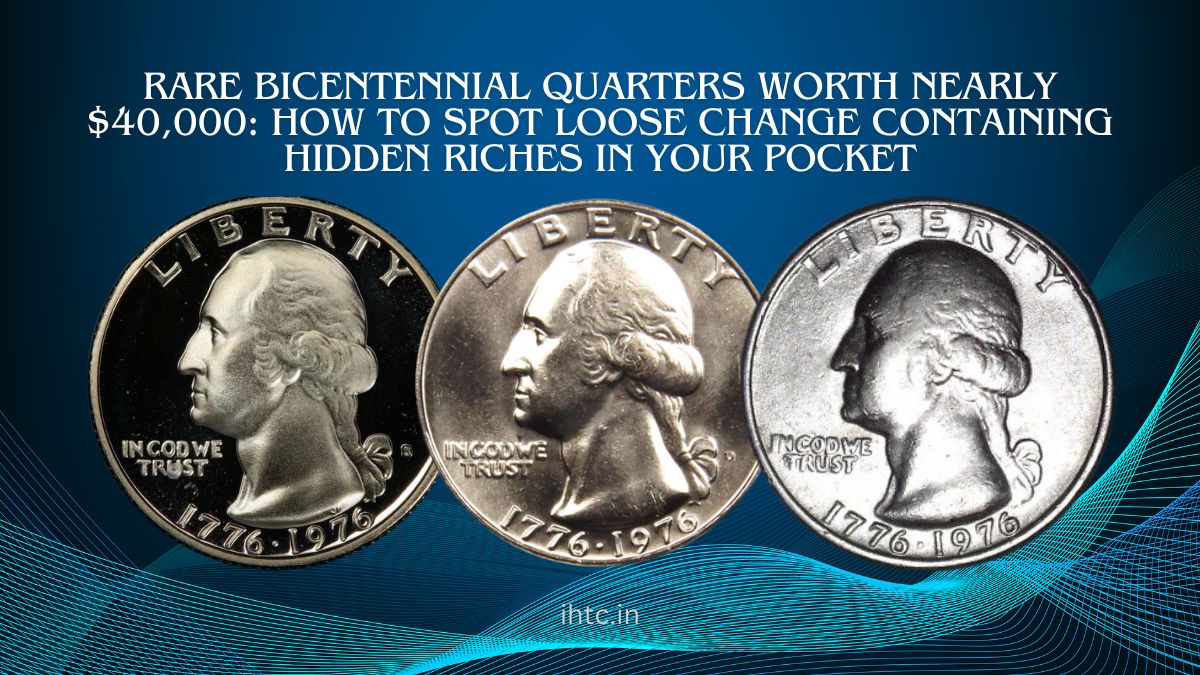One of the most astounding discoveries in the world of currency collecting is that certain old $20 bills are worth over 20,000 times their original value. Rare $20 bills have been auctioned for extraordinary quantities, occasionally fetching hundreds of thousands of dollars.
These exceptional values are the result of factors such as rarity, historical significance, condition, and distinct serial numbers. This article will explore the reasons why certain $20 notes are highly valued and how you can identify them in your collection.
The Reasons Why Certain $20 Bills Are Valuable
Several factors, such as rarity, condition, historical context, and unique characteristics such as serial numbers, determine the value of old $20 bills. The 1863 $20 Gold Certificate is a prime example, as it was sold at auction for an astonishing $352,000.
The rarity and immaculate condition of this particular bill rendered it one of the most valuable U.S. currency notes ever sold. Bills from specific periods or those with distinctive characteristics, such as printing defects, low serial numbers, or special design elements, are frequently sought by collectors.
For instance, the value of a bill that bears a serial number such as “A00000001A” could be substantially elevated. In the same vein, bills that were issued during specific historical periods, such as the Civil War or the Great Depression, are regarded as having a greater market value.
Factors Influencing the Value of Antiquated $20 Bills
The value of old $20 notes is influenced by a number of critical factors:
1. Condition
The bill’s value is significantly influenced by its condition. A bill that is in good condition can be sold for a substantial amount more than one that is damaged. For example, a bill that is in poor condition may be sold for $22, whereas the same bill in pristine condition could be sold for over $1,500.
2. Rarity
Bills that have become rare due to age or devastation or those that were printed in limited quantities are generally worth more. An 1861 $20 Demand Note, which was among the first notes to be issued by the U.S. Treasury, is exceedingly uncommon, with only a small number of surviving examples. One of these was sold for an astonishing $400,000.
3. Historical Significance
Bills that are associated with significant historical events or figures may be priced at a premium. For example, collectors hold $20 Gold Certificates from the early 20th century in high regard, as they were capable of being exchanged for gold at the time. These banknotes were only issued until 1934, rendering them more valuable and scarce.
4. Errors and Unique Serial Numbers
A bill’s value can be significantly increased by serial numbers that contain all the same numerals or those that exhibit patterns (e.g., “88888888”). In the same vein, banknotes that contain printing errors are regarded as highly collectible.
5. Market Demand
The price of even the most rare bill will be low if there is no demand for it. Currency collecting is a niche market, and prices are subject to fluctuations based on trends and collector interest.
The Most Valuable $20 Bills Ever Sold
Here’s a look at some of the most valuable $20 bills:
| Year | Type of Bill | Auction Price | Notes |
|---|---|---|---|
| 1863 | $20 Gold Certificate | $352,000 | Extremely rare due to its age and pristine condition |
| 1861 | $20 Demand Note | $400,000 | One of the first U.S. Treasury notes ever issued |
| 1882 | $20 Gold Certificate | $396,000 | Known for its unique design with a large gold seal and James Garfield’s portrait |
| 1875 | $20 Bank of Petaluma Note | $204,000 | Only two known examples from this series |
| 1915 | $20 Federal Reserve Bank Note | $161,000 | Part of the Jim Thompson Collection |
The Reasons Why Regular $20 Bills May Be Worth More Than Their Face Value
Even ordinary $20 bills can be worth significantly more than their nominal value, particularly if they possess distinctive characteristics. Bills with low serial numbers (e.g., A00000001A) or solid serial numbers (e.g., A88888888A) are particularly valuable. Serial numbers are a significant factor. Bills that contain ink stains, misprints, or other printing errors are also highly collectible.
For instance, a 1970s $20 bill with a rare serial number sold for several thousand dollars at auction, despite the fact that it was issued more recently. Certain collectors are prepared to pay a premium for bills that bear specific numbers, whether due to their personal significance or their distinctiveness within the collecting community.
Methods for Calculating the Value of an Old $20 Bill
If you believe that you possess an antiquated $20 bill that may be worth more than its face value, the following methods will assist you in determining its value:
- Get a Professional Appraisal: It is crucial to obtain a professional appraisal of your bill prior to selling or auctioning it. They have the ability to evaluate the bill’s prospective value, rarity, and condition.
- Check Serial Numbers: A bill’s value can be substantially increased by unique serial numbers, such as those that are all identical, low, or hold special significance.
- Inspect for Errors: Collectors are more inclined to value bills that contain printing errors, such as off-center prints or absent elements.
- Historical Context Research: Bills from historically significant periods or with notable designs (such as Gold Certificates) are frequently more valuable.
- Auction or Sell Online: Once you have a precise understanding of the value, you can sell your bill through platforms such as eBay, currency merchants, or auction houses.
An antiquated $20 bill may be worth a fortune, occasionally exceeding 20,000 times its face value. At auction, rare bills from significant periods such as the Civil War, or those with unique serial numbers or printing errors, have sold for hundreds of thousands of dollars. It is advisable to obtain an expert appraisal if you suspect that you possess one of these concealed treasures. Who knows—you may be sitting on a modest fortune!
